Home>Gardening & Outdoor>Outdoor Recreation & Activities>What Is A Skimmer In A Swimming Pool


Outdoor Recreation & Activities
What Is A Skimmer In A Swimming Pool
Published: February 18, 2024
Learn about the importance of skimmers in maintaining a clean and safe swimming pool. Discover how skimmers contribute to outdoor recreation and activities.
(Many of the links in this article redirect to a specific reviewed product. Your purchase of these products through affiliate links helps to generate commission for Storables.com, at no extra cost. Learn more)
Introduction
A skimmer is an essential component of a swimming pool that plays a crucial role in maintaining water cleanliness and clarity. It serves as the first line of defense against debris, such as leaves, insects, and other unwanted particles that can contaminate the pool water. Understanding the function and significance of a skimmer is vital for pool owners and maintenance professionals alike. By delving into the intricacies of this fundamental pool feature, we can gain a deeper appreciation for its role in preserving the pristine condition of the water.
The skimmer's presence at the edge of the pool is often overlooked, yet its impact on water quality is undeniable. As a silent sentinel, it diligently skims the water's surface, tirelessly capturing and containing debris before it has the chance to sink and decompose. This proactive approach not only maintains the pool's aesthetic appeal but also prevents potential clogging of the filtration system, thereby reducing the need for extensive cleaning and maintenance.
In the following sections, we will explore the definition, purpose, components, and functionality of a skimmer, shedding light on its indispensable role in the overall maintenance of a swimming pool. By gaining a comprehensive understanding of the skimmer, pool owners and enthusiasts can ensure that their aquatic oasis remains a source of relaxation, enjoyment, and visual splendor.
Key Takeaways:
- The skimmer is like a pool guardian, catching leaves and bugs before they make the water dirty. It helps keep the pool clean and reduces the need for lots of cleaning.
- Taking care of the skimmer is super important for keeping the pool clean and safe. Regular checks and cleaning help the skimmer do its job and make swimming more fun!
Read more: What Is Coping On A Swimming Pool
Definition of a Skimmer
A skimmer, in the context of swimming pools, refers to a vital apparatus designed to remove debris and contaminants from the water's surface. It is a specialized inlet installed at the edge of the pool, equipped with a basket or net to trap leaves, insects, twigs, and other unwanted particles that may find their way into the water. The primary function of the skimmer is to prevent these materials from sinking to the bottom of the pool, where they could decompose and compromise water quality.
This essential pool component operates as a silent guardian, continuously scanning the water's surface for any signs of intrusion. Its strategic placement along the pool's perimeter allows it to intercept debris before it disperses, ensuring that the water remains clear and inviting. By capturing and containing these impurities, the skimmer effectively minimizes the burden on the pool's filtration system, promoting efficient water circulation and enhancing overall cleanliness.
In addition to its debris-removal capabilities, the skimmer also serves as an access point for the pool's plumbing and filtration system. Through the skimmer's opening, water is drawn into the filtration system, where it undergoes a series of purification processes before being recirculated back into the pool. This continuous cycle of water circulation, facilitated by the skimmer, is integral to maintaining optimal water quality and clarity.
Furthermore, modern skimmers are designed to offer versatility and adaptability, accommodating various pool designs and sizes. They are available in different shapes and configurations, allowing for seamless integration into both traditional and contemporary pool structures. Whether incorporated into the pool's construction or added as a retrofit, the skimmer remains a cornerstone of effective pool maintenance, embodying the commitment to pristine water quality and a welcoming aquatic environment.
In essence, the skimmer represents a fundamental element of pool infrastructure, embodying the dedication to preserving water purity and clarity. Its multifaceted role as a debris interceptor, filtration system access point, and architectural complement underscores its significance in the realm of pool maintenance and enjoyment. Understanding the definition and function of a skimmer is pivotal for anyone responsible for the care and upkeep of a swimming pool, as it lays the groundwork for comprehensive water management and a delightful swimming experience.
Purpose of a Skimmer in a Swimming Pool
The purpose of a skimmer in a swimming pool transcends mere debris removal; it is a cornerstone of water maintenance, essential for preserving the pool's pristine condition and ensuring a delightful swimming experience. As the water's first line of defense, the skimmer diligently patrols the surface, intercepting leaves, insects, and other unwanted particles before they have the chance to mar the water's clarity. By fulfilling this crucial role, the skimmer contributes to the overall cleanliness and visual appeal of the pool, creating an inviting and hygienic environment for swimmers and loungers alike.
Beyond its debris-removal function, the skimmer serves as a vital conduit for the pool's filtration system, facilitating the continuous circulation and purification of the water. Through its strategic placement at the pool's edge, the skimmer draws in water, allowing it to undergo a series of filtration processes that eliminate impurities and maintain water quality. This seamless integration of the skimmer with the filtration system ensures that the water remains free from contaminants, promoting a safe and enjoyable swimming environment.
Moreover, the skimmer plays a pivotal role in preventing debris from sinking to the pool's bottom, where it could decompose and compromise water quality. By capturing and containing surface debris, the skimmer reduces the burden on the pool's filtration system, prolonging the life of the equipment and minimizing the need for extensive cleaning and maintenance. This proactive approach not only enhances water clarity but also contributes to the efficient operation of the pool's circulation and filtration systems, ultimately reducing the overall maintenance requirements.
In essence, the purpose of a skimmer in a swimming pool is multifaceted and indispensable. It embodies a commitment to water purity, cleanliness, and visual appeal, ensuring that the pool remains a source of relaxation, recreation, and enjoyment. By fulfilling its role as a vigilant guardian of water quality, the skimmer upholds the standards of excellence in pool maintenance, elevating the overall swimming experience and fostering a welcoming aquatic oasis for all to enjoy.
Components of a Skimmer
A skimmer comprises several integral components that collectively enable it to fulfill its vital role in maintaining the cleanliness and clarity of a swimming pool. Understanding these components is essential for appreciating the skimmer's functionality and its impact on water maintenance.
-
Skimmer Basket or Net: The skimmer basket or net serves as the primary receptacle for capturing and containing debris from the water's surface. It is strategically positioned within the skimmer, allowing it to intercept leaves, insects, twigs, and other unwanted particles before they can disperse and compromise water quality. The basket's design ensures that captured debris remains within the skimmer, preventing it from re-entering the pool.
-
Weir Door: The weir door, also known as the skimmer flap, is a pivotal component that regulates the flow of water into the skimmer. Positioned at the skimmer's entrance, the weir door adjusts to varying water levels, ensuring a consistent intake of surface water regardless of fluctuations. This adaptive feature allows the skimmer to effectively capture debris and maintain optimal water circulation.
-
Skimmer Throat: The skimmer throat serves as the passage through which water enters the skimmer from the pool. Its design facilitates the seamless flow of water, directing it towards the skimmer basket for debris interception. The skimmer throat's dimensions and configuration are carefully engineered to optimize water intake and ensure efficient debris removal.
-
Lid and Access Cover: The skimmer is equipped with a lid or access cover that provides secure closure and protection for its internal components. This component safeguards the skimmer's mechanisms from external elements and prevents debris from bypassing the skimmer basket. The lid's design allows for easy access to the skimmer basket, simplifying maintenance and debris removal.
-
Skimmer Faceplate and Gasket: The skimmer faceplate, along with its accompanying gasket, forms a watertight seal between the skimmer and the pool wall. This crucial component ensures that water is drawn exclusively through the skimmer, preventing leaks and maintaining the integrity of the pool's structure. The faceplate's secure attachment and gasket's sealing properties are essential for the skimmer's effective operation.
-
Skimmer Pipe and Fittings: The skimmer is connected to the pool's plumbing and filtration system through a series of pipes and fittings. These components facilitate the seamless transfer of water from the skimmer to the filtration system, where it undergoes purification processes before being recirculated into the pool. The skimmer pipe and fittings play a vital role in maintaining the continuous flow of water and optimizing filtration efficiency.
In essence, the components of a skimmer work in harmony to intercept debris, regulate water intake, and facilitate seamless integration with the pool's filtration system. Each component plays a crucial role in ensuring the skimmer's effectiveness in maintaining water cleanliness and clarity, underscoring its indispensable contribution to pool maintenance and enjoyment.
Regularly check and clean the skimmer basket in your swimming pool to prevent clogs and ensure proper water circulation. This will help maintain a clean and healthy pool.
How a Skimmer Works
A skimmer operates as a silent sentinel, diligently patrolling the water's surface to intercept and contain debris before it can compromise the pool's cleanliness. The process begins with the weir door, a pivotal component positioned at the skimmer's entrance. This adjustable flap adapts to fluctuating water levels, ensuring a consistent intake of surface water regardless of variations. As the water flows into the skimmer through the skimmer throat, the weir door regulates the volume, allowing for efficient debris interception.
Once inside the skimmer, the water encounters the skimmer basket or net, the primary receptacle for capturing leaves, insects, twigs, and other unwanted particles. This essential component serves as a barrier, preventing debris from dispersing and sinking to the pool's bottom. The skimmer basket's design ensures that captured debris remains within the skimmer, preventing it from re-entering the pool and compromising water quality.
As the skimmer fulfills its role as a debris interceptor, the captured particles are effectively contained within the skimmer basket, preventing them from clogging the pool's filtration system. This proactive approach not only maintains water clarity but also reduces the burden on the filtration system, promoting efficient water circulation and minimizing the need for extensive cleaning and maintenance.
Furthermore, the skimmer's integration with the pool's plumbing and filtration system is integral to its functionality. The skimmer pipe and fittings facilitate the seamless transfer of water from the skimmer to the filtration system, where it undergoes a series of purification processes. This ensures that the water remains free from contaminants, promoting a safe and enjoyable swimming environment.
In essence, the skimmer's operation is a harmonious orchestration of components working in unison to maintain water cleanliness and clarity. By intercepting debris, regulating water intake, and facilitating integration with the filtration system, the skimmer embodies a commitment to preserving the pool's pristine condition. Its seamless functionality ensures that the water remains inviting and hygienic, reflecting the dedication to excellence in pool maintenance and water management.
Read more: What To Do In The Swimming Pool
Importance of Proper Skimmer Maintenance
Proper skimmer maintenance is paramount to the overall health and functionality of a swimming pool. The skimmer, as a critical component of the pool's filtration and cleaning system, requires regular attention and care to ensure optimal performance. By prioritizing skimmer maintenance, pool owners can safeguard water quality, prolong the lifespan of equipment, and minimize the need for extensive cleaning and repairs.
Regular inspection and cleaning of the skimmer basket and net are essential maintenance tasks. Over time, these components can become clogged with debris, hindering the skimmer's ability to effectively intercept contaminants from the water's surface. By routinely removing and cleaning the skimmer basket or net, pool owners can prevent blockages and ensure uninterrupted debris capture, thereby reducing strain on the filtration system and promoting efficient water circulation.
In addition to the basket or net, the skimmer weir door should be regularly checked for proper functionality. Fluctuations in water levels and exposure to environmental elements can impact the weir door's performance. Ensuring that the weir door moves freely and maintains a consistent intake of surface water is crucial for the skimmer's effectiveness in debris interception.
Furthermore, the skimmer lid or access cover should be inspected to verify its secure closure and protection of internal components. A damaged or ill-fitting lid can compromise the skimmer's operation, allowing debris to bypass the basket and enter the pool. By maintaining a properly sealed skimmer lid, pool owners can prevent debris infiltration and preserve the integrity of the skimmer's mechanisms.
The skimmer faceplate and gasket, responsible for forming a watertight seal between the skimmer and the pool wall, should be examined for any signs of wear or deterioration. A compromised seal can lead to water leakage and undermine the skimmer's functionality. Regular inspection of the faceplate and gasket ensures that the skimmer remains tightly integrated with the pool structure, preventing potential water loss and structural damage.
Additionally, the skimmer pipe and fittings should be inspected for any leaks or damage that could impede water flow to the filtration system. Any issues with the skimmer's plumbing connections should be promptly addressed to maintain seamless water transfer and filtration efficiency.
By prioritizing proper skimmer maintenance, pool owners can uphold water quality, prolong the life of equipment, and minimize the need for extensive cleaning and repairs. Regular inspection, cleaning, and upkeep of the skimmer's components are essential practices that contribute to a healthy and inviting swimming environment. Through proactive maintenance, the skimmer can continue to fulfill its vital role in preserving water clarity and ensuring a delightful swimming experience for all.
Conclusion
In conclusion, the skimmer stands as a silent sentinel, tirelessly safeguarding the cleanliness and clarity of swimming pool water. Its multifaceted role as a debris interceptor, filtration system access point, and architectural complement underscores its significance in the realm of pool maintenance and enjoyment. By understanding the definition, purpose, components, and functionality of a skimmer, pool owners and enthusiasts can ensure that their aquatic oasis remains a source of relaxation, enjoyment, and visual splendor.
The skimmer's proactive approach to debris removal, facilitated by its strategic placement at the pool's edge, prevents unwanted particles from sinking and decomposing, thereby preserving water quality and reducing the burden on the filtration system. This not only enhances water clarity but also contributes to the efficient operation of the pool's circulation and filtration systems, ultimately reducing the overall maintenance requirements.
Proper skimmer maintenance is paramount to the overall health and functionality of a swimming pool. Regular inspection and cleaning of the skimmer basket and net, along with the maintenance of other integral components such as the weir door, lid, faceplate, gasket, and plumbing connections, are essential practices that contribute to a healthy and inviting swimming environment.
By prioritizing skimmer maintenance, pool owners can uphold water quality, prolong the life of equipment, and minimize the need for extensive cleaning and repairs. The skimmer's seamless functionality ensures that the water remains inviting and hygienic, reflecting the dedication to excellence in pool maintenance and water management.
In essence, the skimmer embodies a commitment to water purity, cleanliness, and visual appeal, ensuring that the pool remains a source of relaxation, recreation, and enjoyment. Its vigilant guardianship of water quality upholds the standards of excellence in pool maintenance, elevating the overall swimming experience and fostering a welcoming aquatic oasis for all to enjoy.
Frequently Asked Questions about What Is A Skimmer In A Swimming Pool
Was this page helpful?
At Storables.com, we guarantee accurate and reliable information. Our content, validated by Expert Board Contributors, is crafted following stringent Editorial Policies. We're committed to providing you with well-researched, expert-backed insights for all your informational needs.

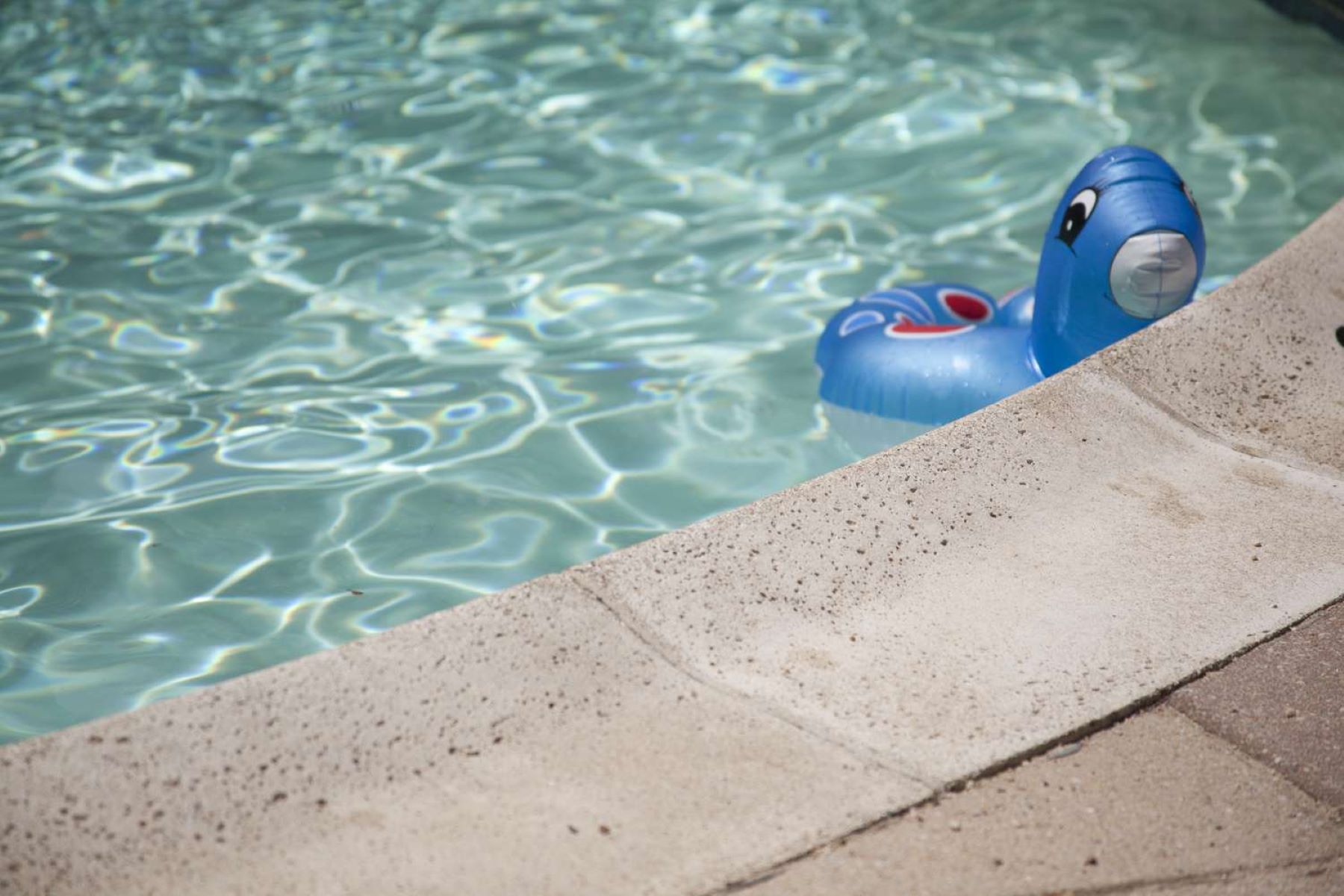

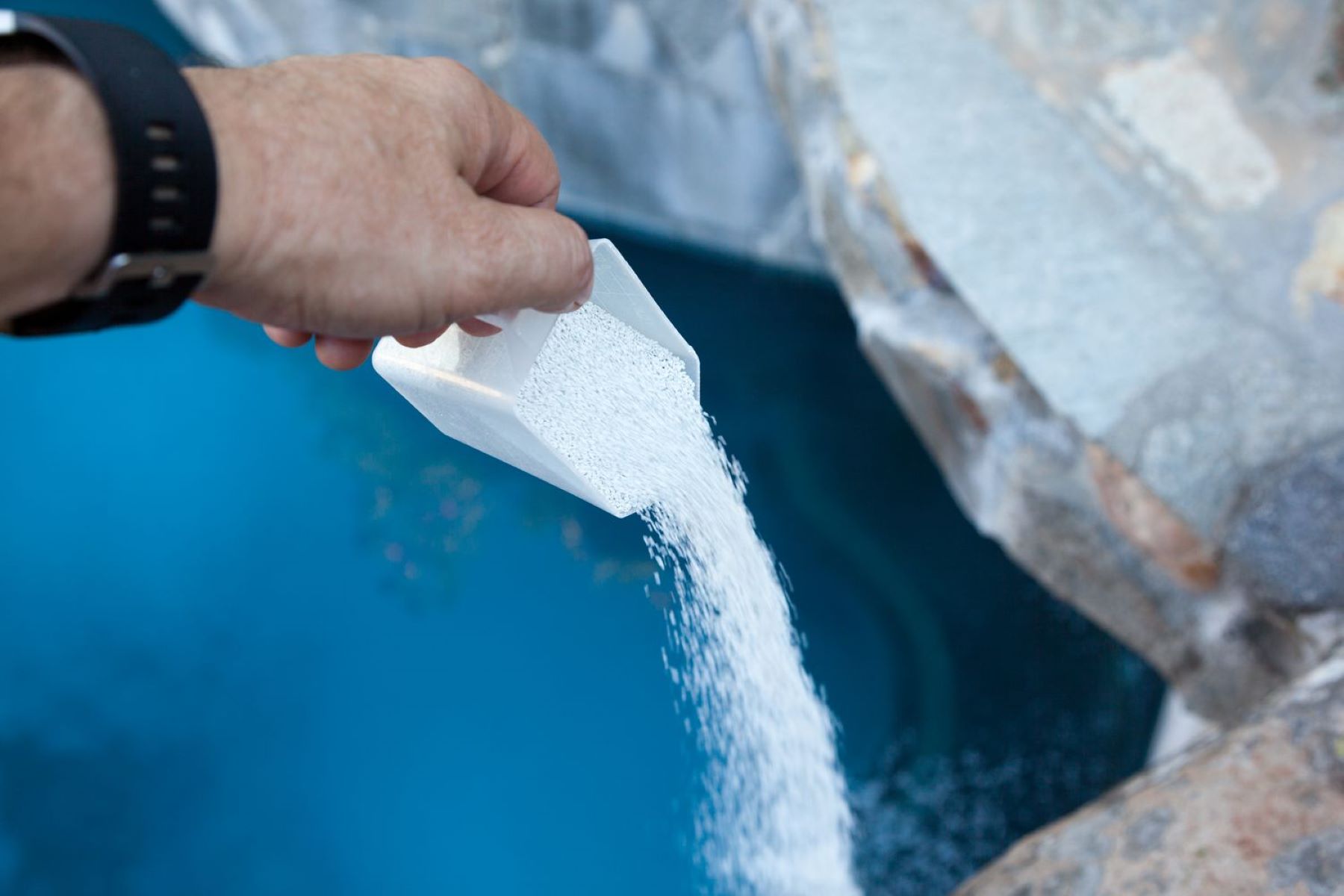
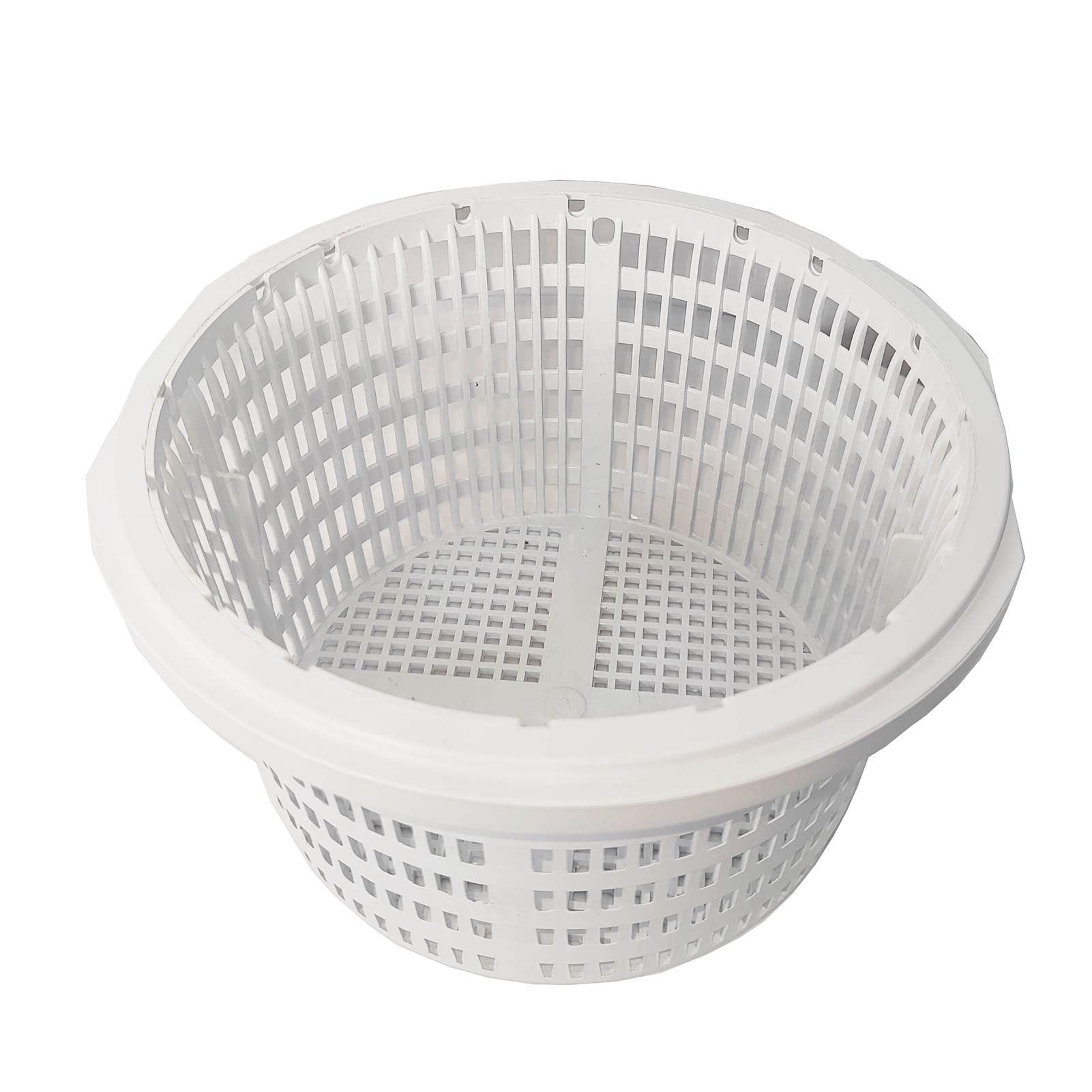

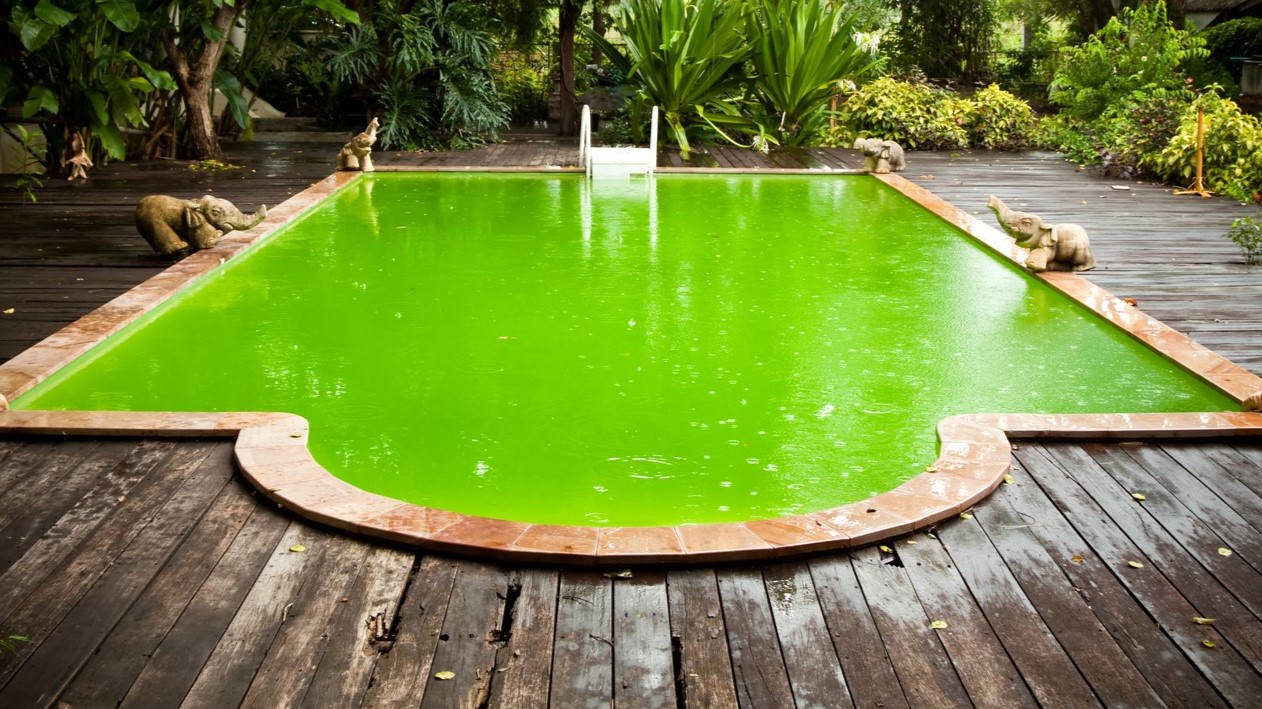
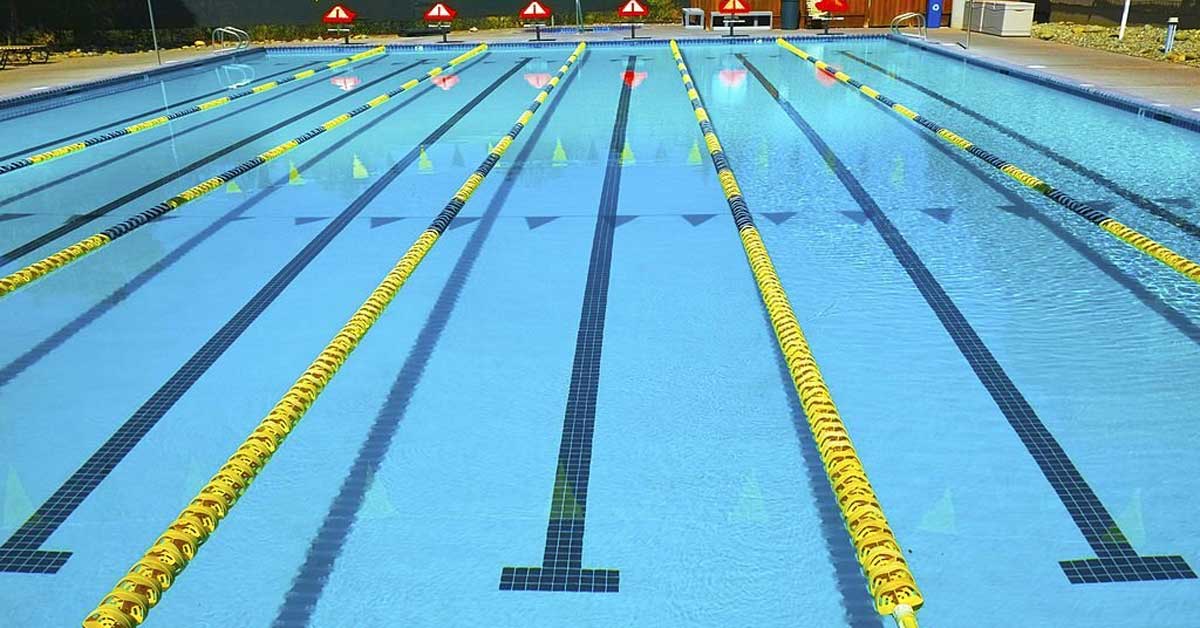

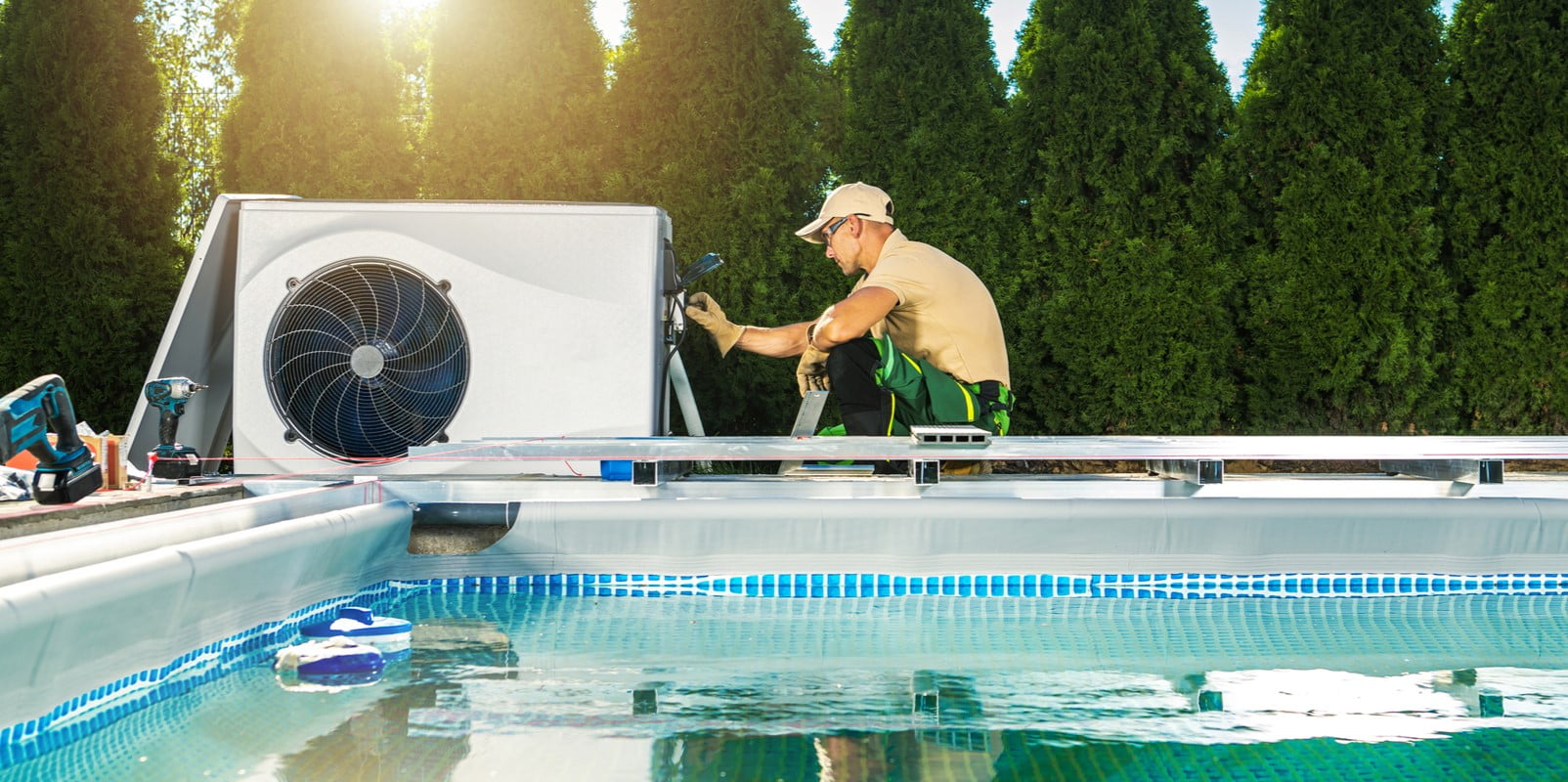


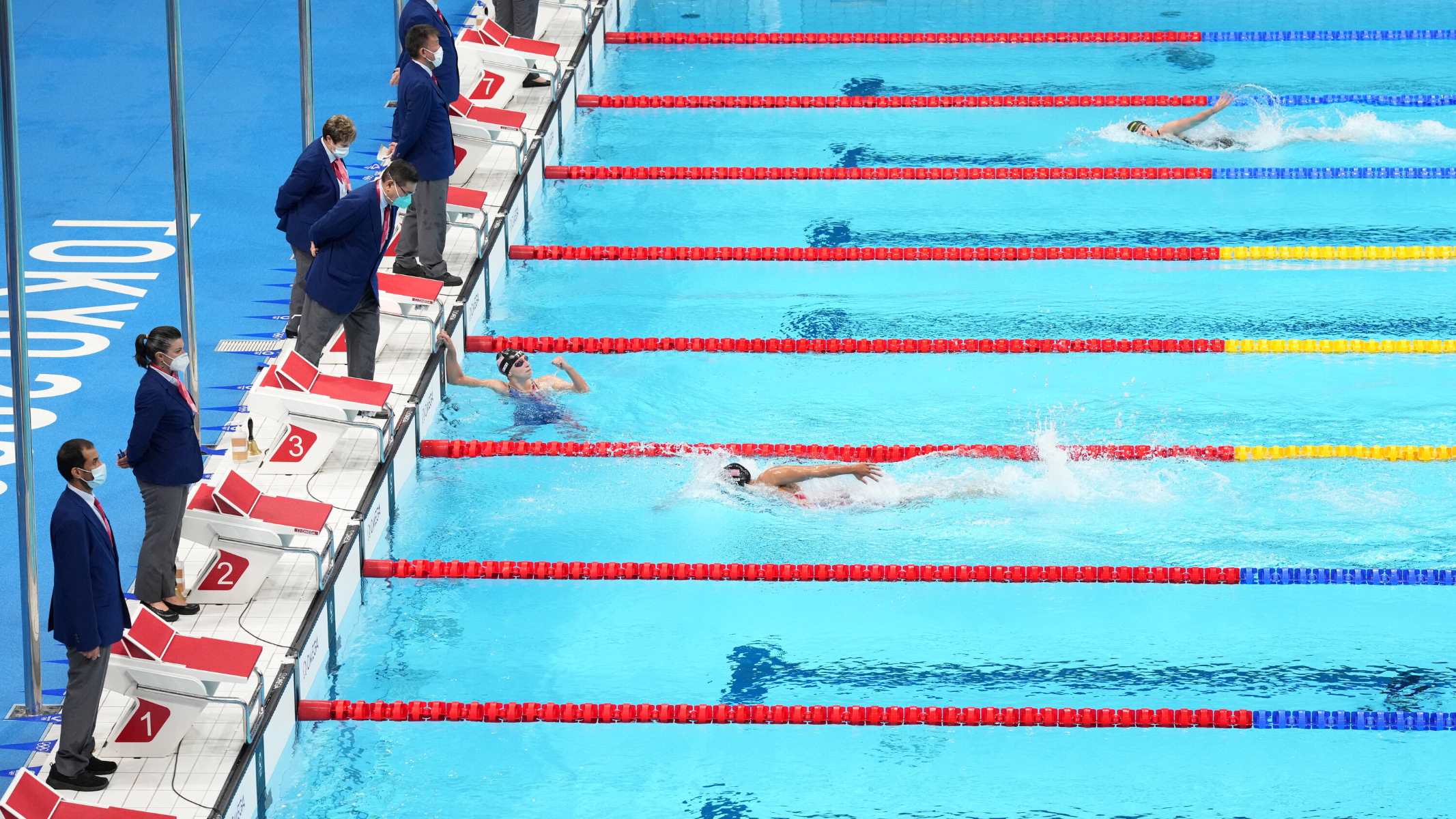
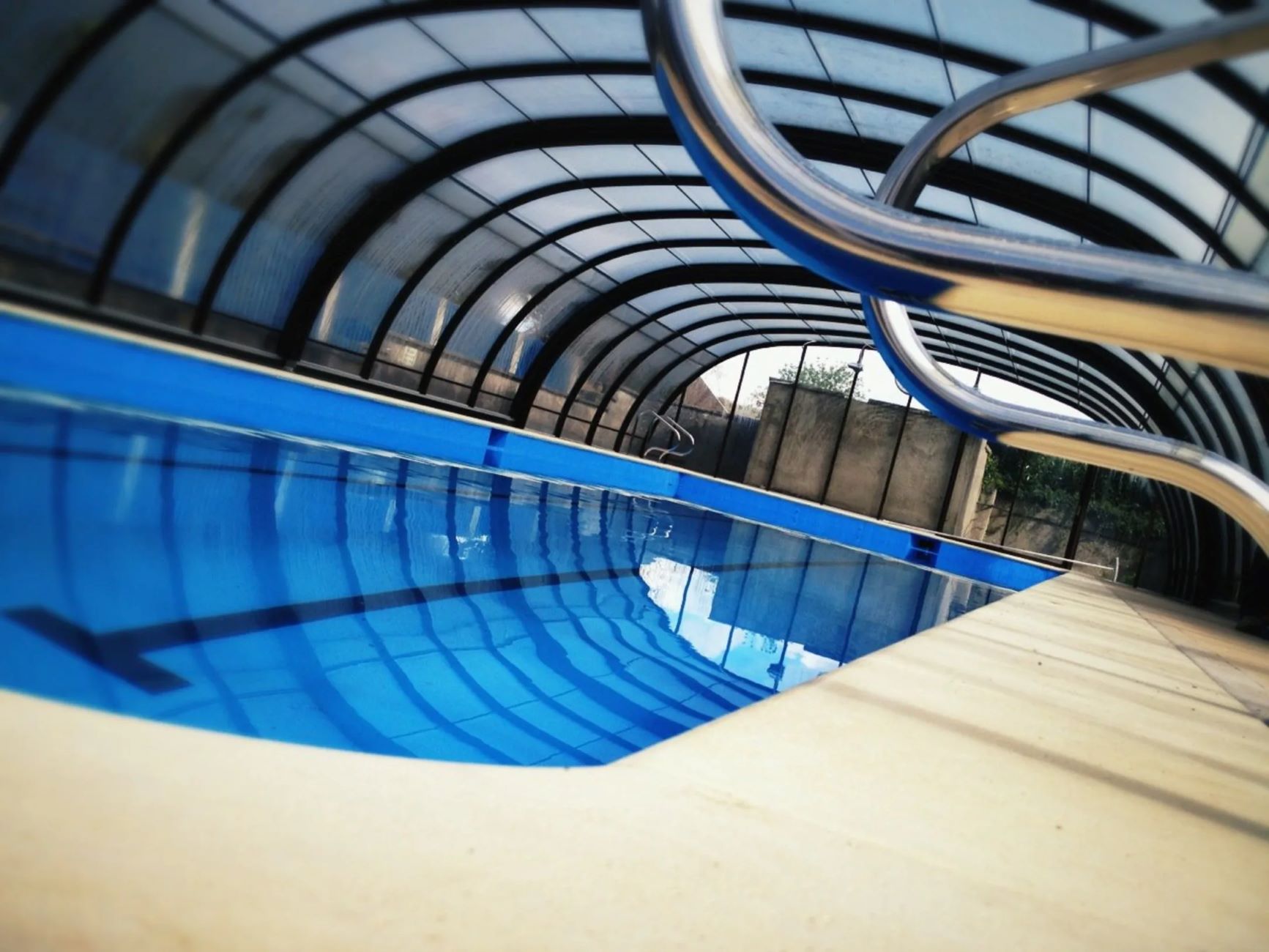

0 thoughts on “What Is A Skimmer In A Swimming Pool”